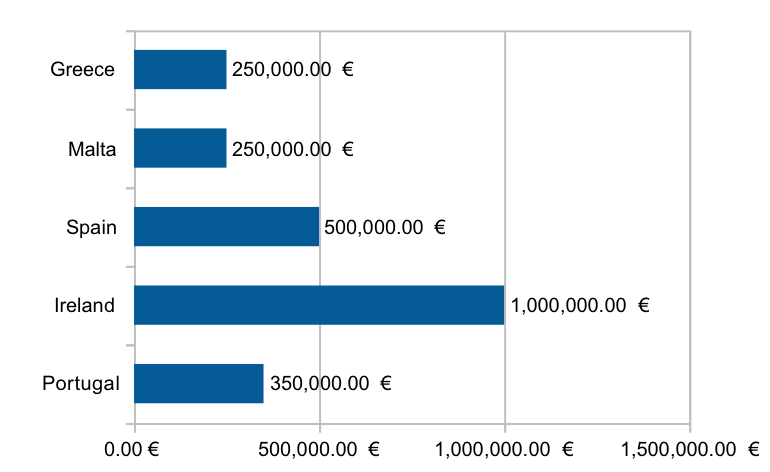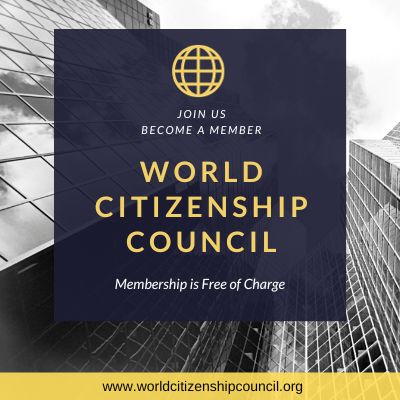The IIP was introduced in April 2012 to encourage inward investment to create business and employment opportunities in the State. The €1 million in projects must be made for a minimum of three years, which may be renewable following a review.
According to the latest update provided by the Minister of Justice in Feb 2019, a total of 420 applications received for 2018, of which only 38 files were approved and remaining 379 pending for processing,.
The IIP scheme collected half a billion euros since its launch in 2012.
| Application Year | Number of Approved Applications | Total Value of Approved Applications |
| 2012 | 5 | €2,500,000 |
| 2013 | 14 | €10,650,000 |
| 2014 | 30 | €14,950,000 |
| 2015 | 65 | €35,250,000 |
| 2016 | 272 | €154,100,000 |
| 2017 | 294 | €269,500,000 |
| 2018 | 38 (379 being processed, total applications 420) | €32,000,000 |
| TOTAL | 718 | €518,950,000 |
Ireland compared to other EU schemes
Portugal started its most successful golden visa scheme in Oct 2012 and reaped in excess of 4 billion euros, that is eight times than that of Ireland. Spain’s golden visa investment also reached 3 billion euros.

Ireland is the expensive of the schemes compared to other EU member states.
Last year the IIP was increased to €1 million and rules were tightened including strict vetting checks and refusal of applications funded by loans

Review of IIP
The major external review of is expected to be completed by Feb 2019
The review proposed will be in two Phases, Phase 1 will consider and review the overall policy, current objectives and future options. Following the outcome of Phase 1, Phase 2 will consider governance and oversight arrangements for the programme; the associated resource options and the risks, including financial and reputational, associated with the operation of the Programme. The scope of this phase will be determined by the outcome of Phase 1 – hence the need to divide the work in two.
Phase 1:
Taking into account the overall economic position of the State, OECD reports and commentary, and up to date analysis of such schemes generally:
- Consider the overall policy of offering immigration permissions in return for investment taking into account a number of factors including, benefits, risks, including reputational.
- Review the current objectives of the programme and how the scheme has to date met these objectives in terms of employment and economic value added and overall economic impact taking into account the value of immigration permissions to the recipient.
- To bring forward options for the programme in line with overall policies and objectives.
In this regard, the approach adopted by European and other countries should be taken into consideration;
This phase of the review should be completed within two months of commencement following which a decision will be made on the recommendations from phase 1.
Phase 2:
With the agreed recommendations from phase 1:
- Consider governance and oversight arrangements for the programme;
- Consider the associated resource options and implications including taking into account the structure and membership of the Evaluation Committee, the appropriate distribution of responsibilities matched with the core responsibilities and areas of expertise of Departments and Agencies;
- Consider the identified risks and recommend appropriate measures to mitigate against these risk.





